Visiting the Museo Nazionale di Palazzo Reale in Pisa (Italy)
This time we will dress well, take our laced fan - ladies - or just the grandfather's old stick with a beautiful ivory eagle head on its top - gentlemen - and step into the brightness of a meaningful era!
Museo Nazionale di Palazzo Reale
Along Lungarno Pacinotti, the beautiful street that follows the river, it is placed a great Renaissance building that hosts “20 Works of Art for a Story". The National Museum of Royal Palace or Museo Nazionale di Palazzo Reale.
The museum is open from Monday to Saturday - closed on Tuesday and public holidays - from 9:00 to 14:00. You can buy a ticket only for this museum or you can combine it with Museo Nazionale di San Matteo and the tickets are 5 euro for one and 8 for both of them.
Short introduction: the Palace and the Museum
As we can see, the Medici family had a lot of houses spread in Florence and Pisa as well (but not only here). Therefore, however, it was built another residence along the Arno river thanks to the grand duke Francesco I and the architect Bernardo Buontalenti. The reason? They were scared of the cold Florentine winters. Fair enough but I’m not very convinced by their decision because the building now doesn’t look like a "ready for winter" one. But what do I know?!
This court architect full of talent designed the new palace that included the medieval tower-houses of the Pisan families, the Dodi, the Gaetani and the Gusmani as well as the tower of the Verga d’Oro. The monumental grand staircase leading up to the main floor and the walkways to the Palatine church San Nicola and to the palace delle Vedove (in via Santa Maria) were built in the XVIII century under the Lorraine rule.
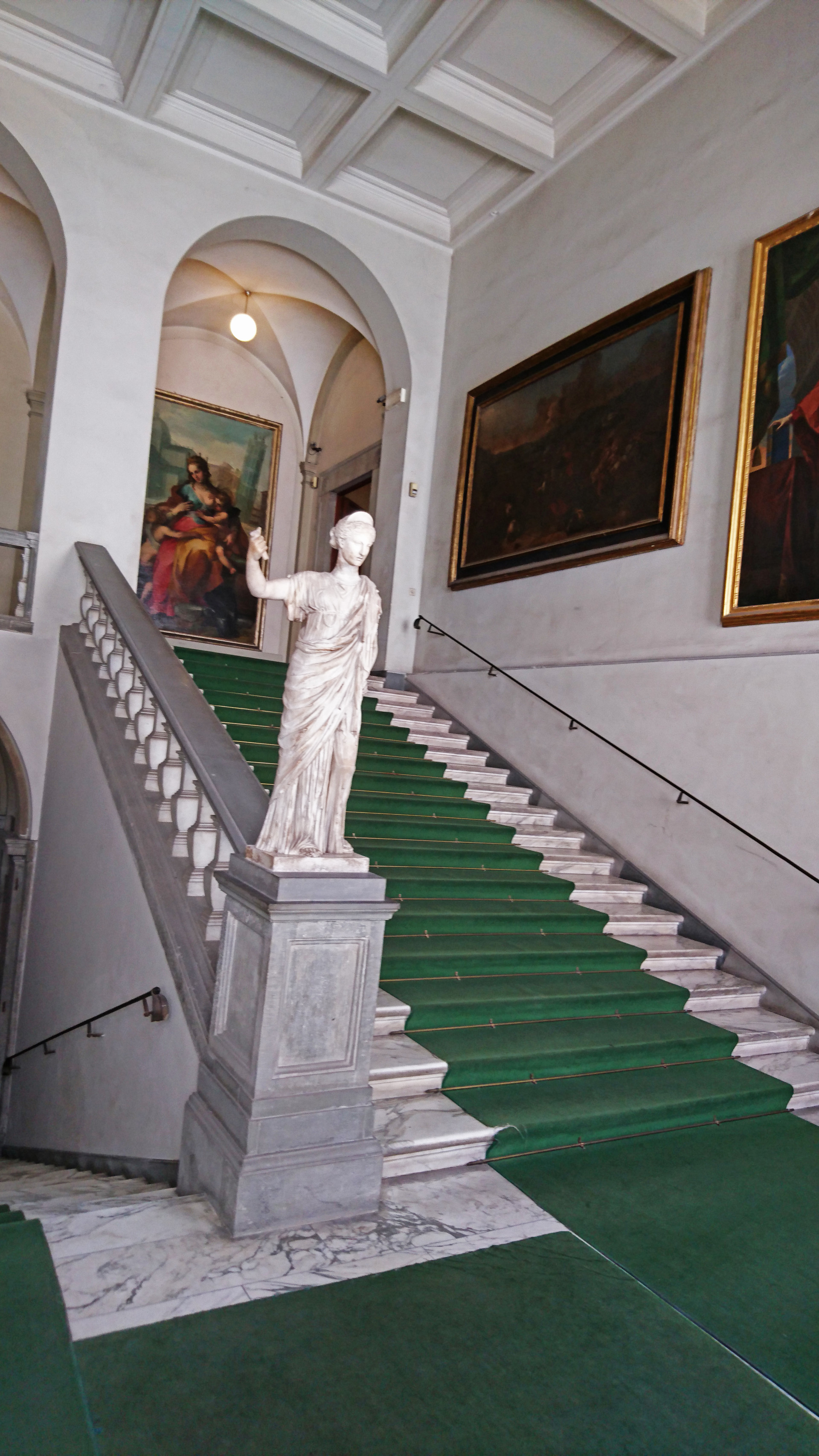
You may ask who's Lorraine, and I may have the answer. "Lorraine" is Christina of Lorraine, a member of the House of Lorraine, born in the larger present-day region of Lorraine in northeastern France. Because she was the granddaughter of Catherine de' Medici, you can see the relation between her and Tuscany. By birth, she belonged to the France house, but by marriage, she became a Medici.
The arrangement of the museum, which began in 1989, aims to a reconstruction of sovereign representation and everyday life in a noble dwelling. Historical furniture encloses art works coming from the collections of the Medici, Lorraine, and Savoy families as well as from private donations. Across the heritage of the museum, it is possible to seize the features of the non-religious art production realized for, or collected in Pisa by its rulers and citizens from the end of the XVI century to the XX century.
Be patient, there are 21 rooms that wait for your soft eye and vivid interest in details. The museum hosts a prestigious collection of textiles that consists in more than 30 arrases. These arrases had an important function of cultural propaganda since the possibility to glorify and exalt power was combined with their easy displacement. The Medici tapestry workshops were founded by Cosimo I, in 1545 but the Medici family appreciated Flemish tapestries and continued to import them even after the Cosimo's tapestry workshops. During two centuries the Medici tapestry workshops produced many tapestries.
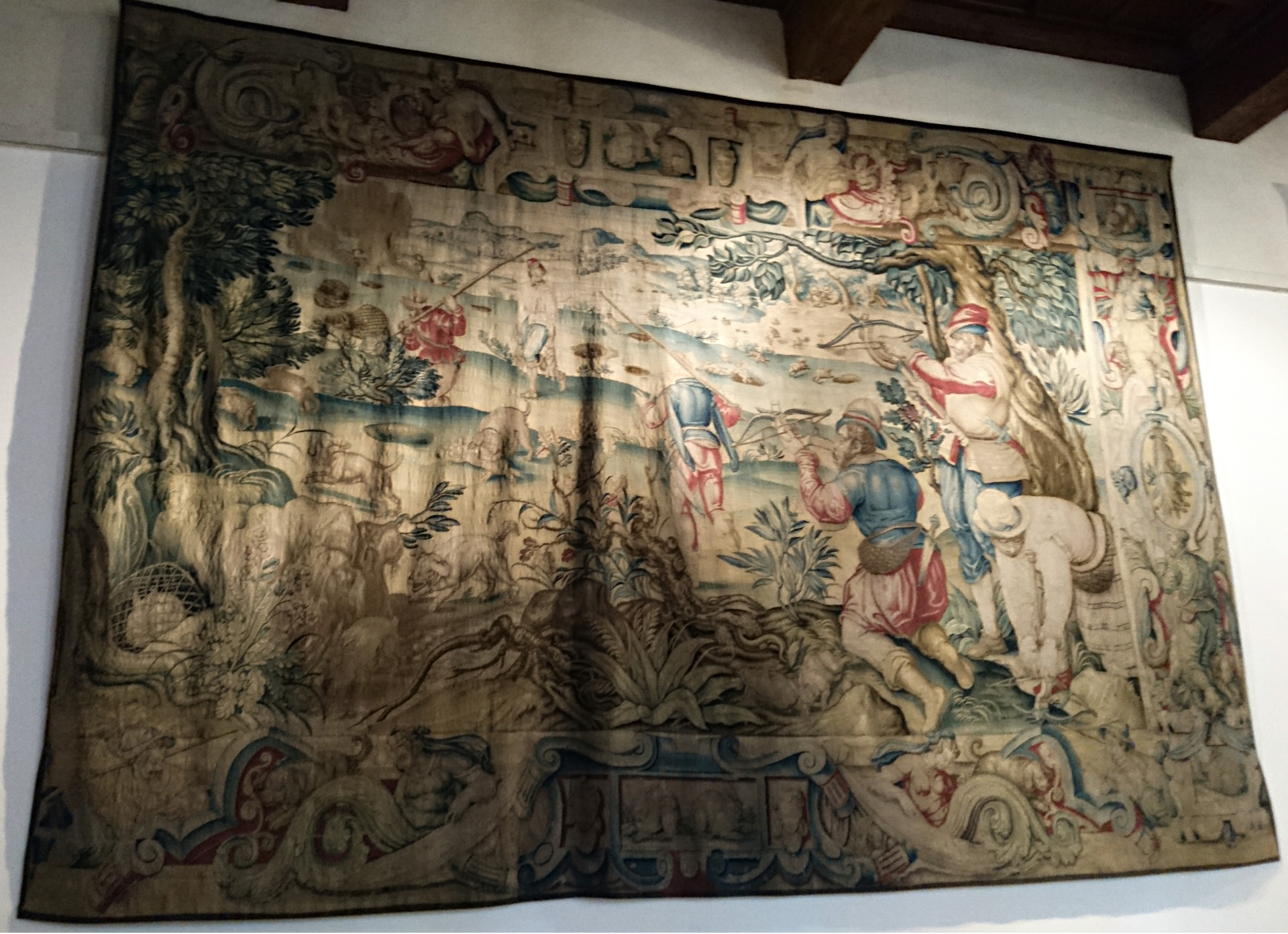
Clothing had also an important role within the system of symbols used by the Medici family, and noble fashion contributed to create an image of the grand dukes.
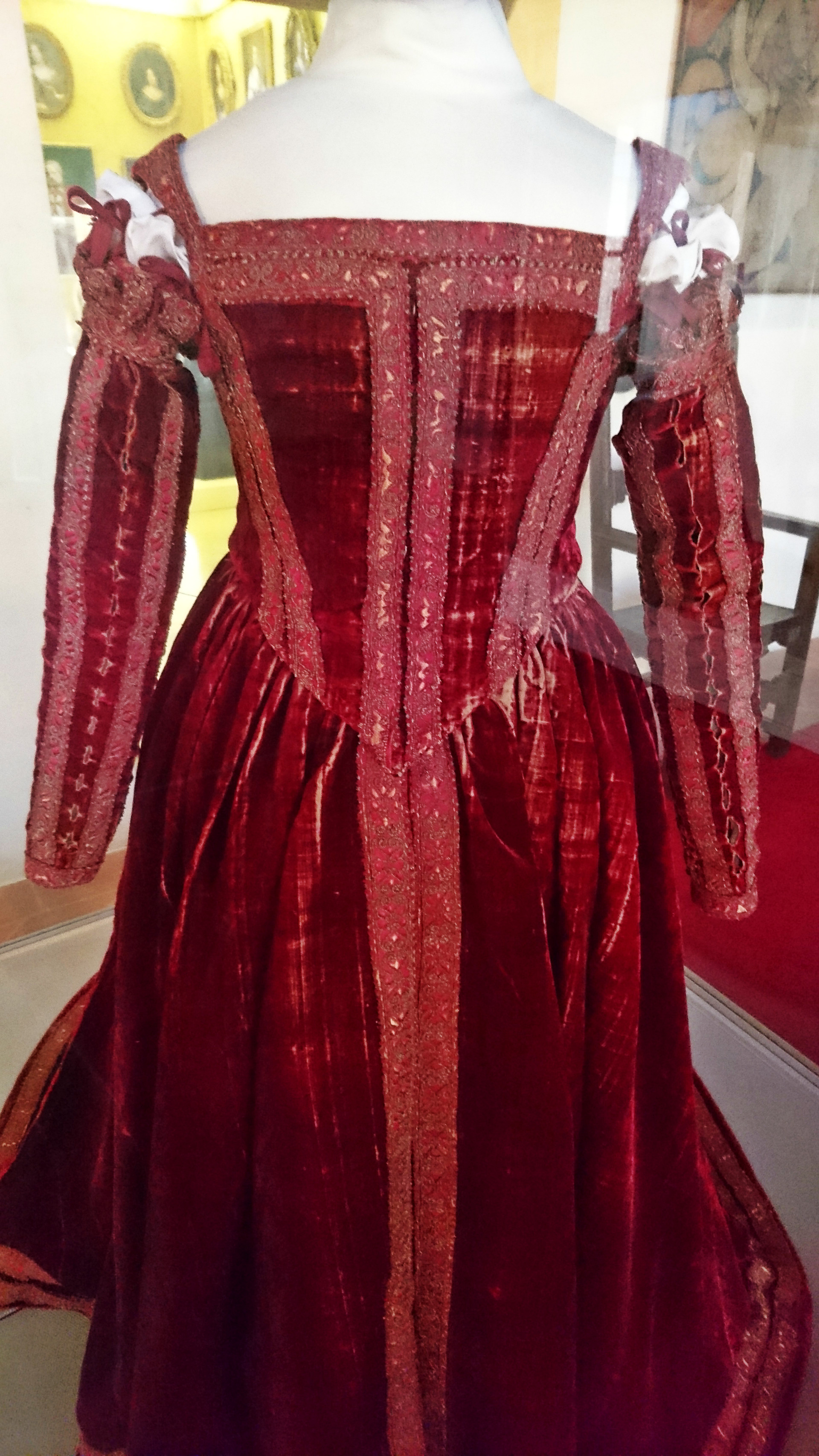
The crimson red dress referring to the wardrobe of the grand duchess Eleonora di Toledo and attributed to the 1550's is an extraordinary masterpiece of sumptuary arts and a rare example of a dress from this period. From this room, you walk into one full of portraits (painted in oil) from XVIII century and a wooden model of the "Bridge game".

Portrait of Jacopo Testa (ca. 1715)
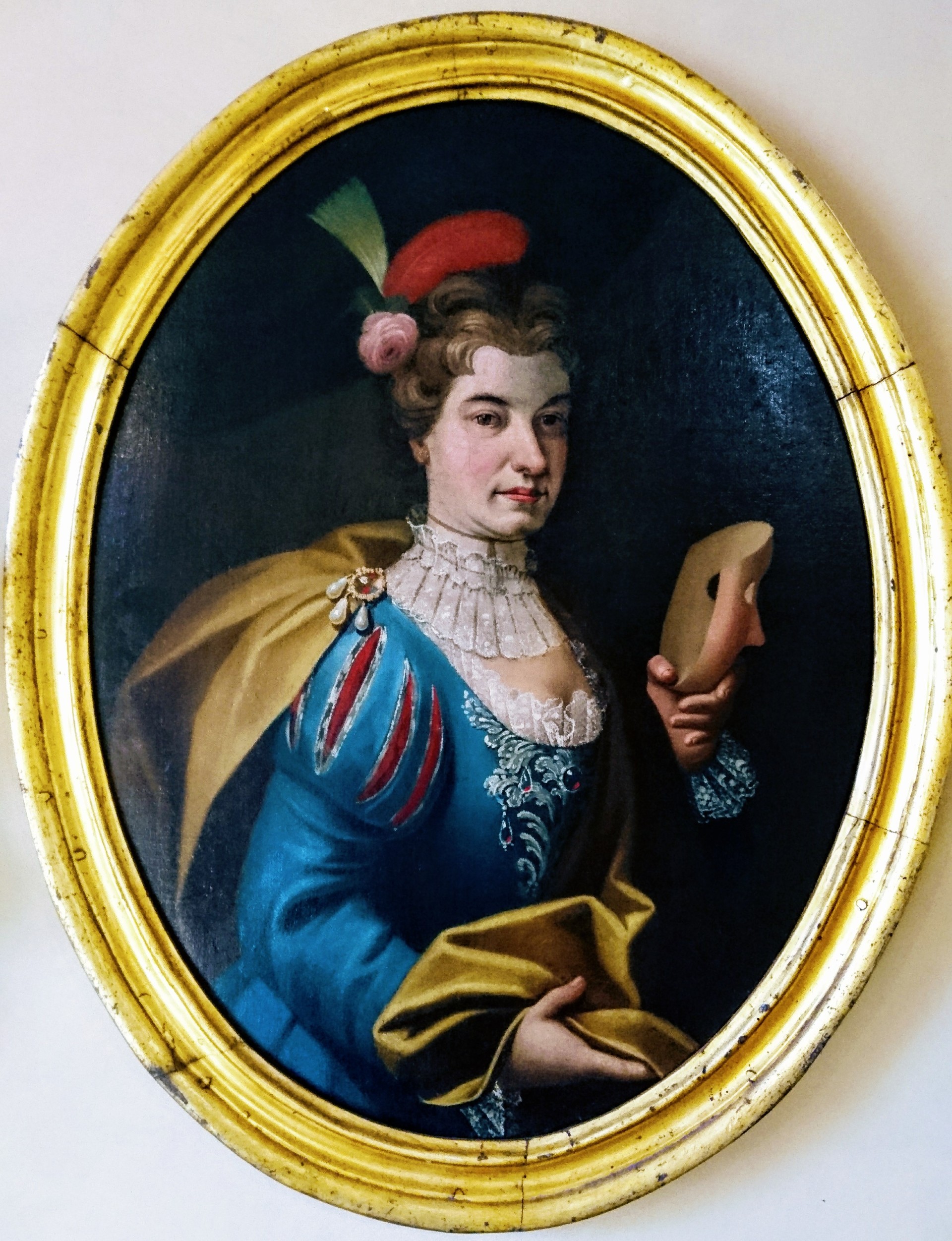
Portrait of Flavia da Scorno (ca. 1715)

Portraits of Mariano da Scorno (1750), Giuseppe Testa (1720), Benevieni da Scorno (1750)
Wooden model of the bridge for the "Gioco del Ponte"
On February 20th, 1776 Francesco Testa settled a bill for 110 lire with the woodcutter Pietro Tarchi, who had constructed a detailed wooden model of the bridge on which the annual Gioco del Ponte was played, as well as 686 Homini di Legno (figures carved out of wood). The game consisted of a mock battle between the armies of the two rival districts of the city for possession of the central bridge connecting the two halves of the city.
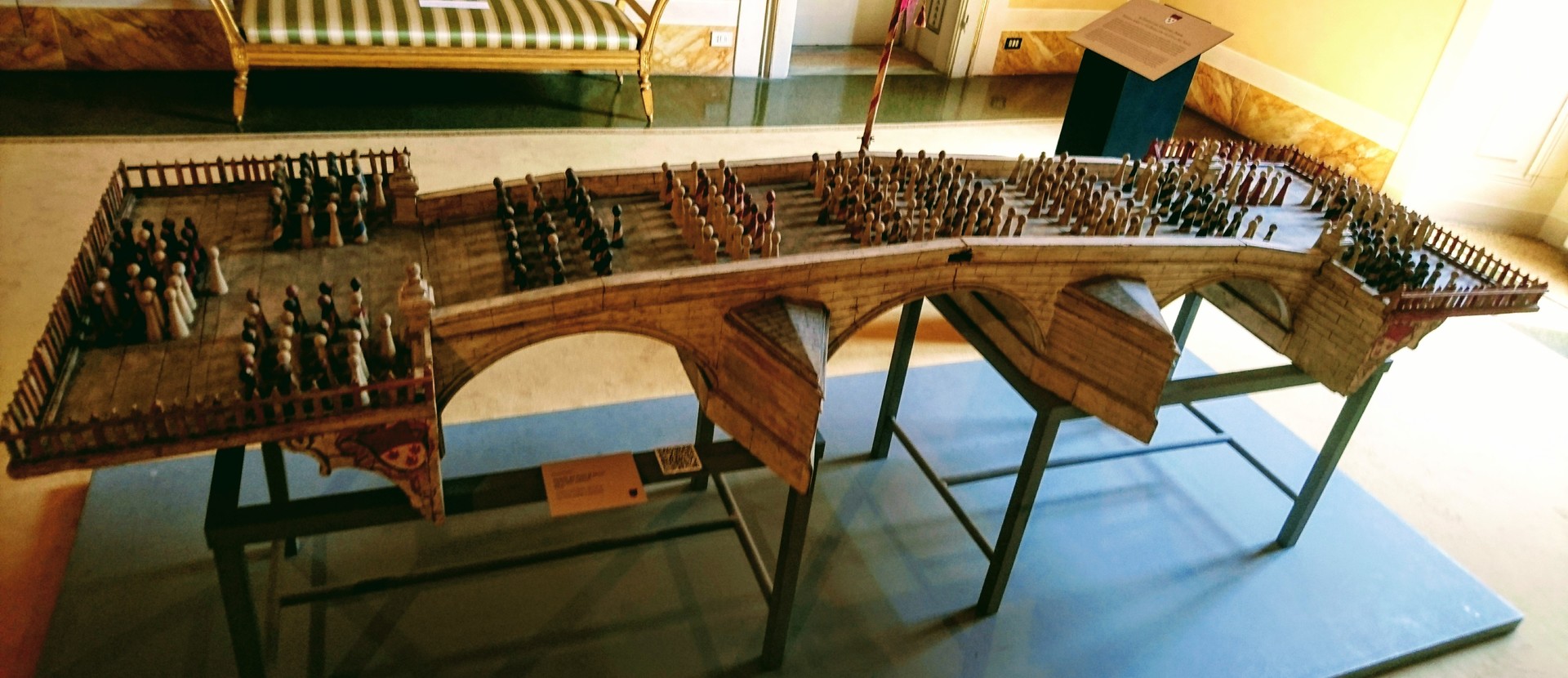
The weaponry room and military clothing
This room gathers pieces from Milan, Lombardia, and other parts, from the XVI century.
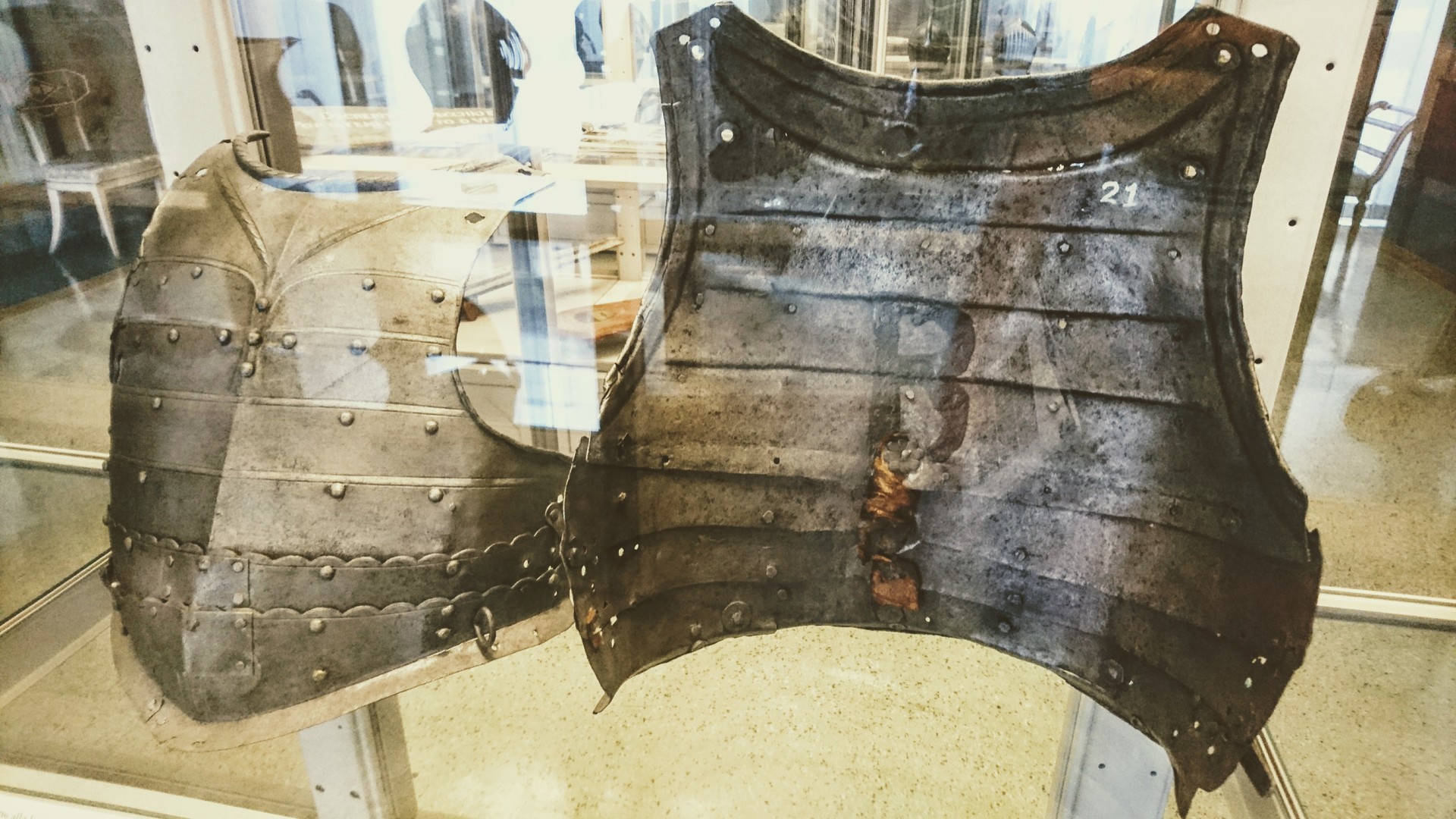
Body, Milan (1545-1550)
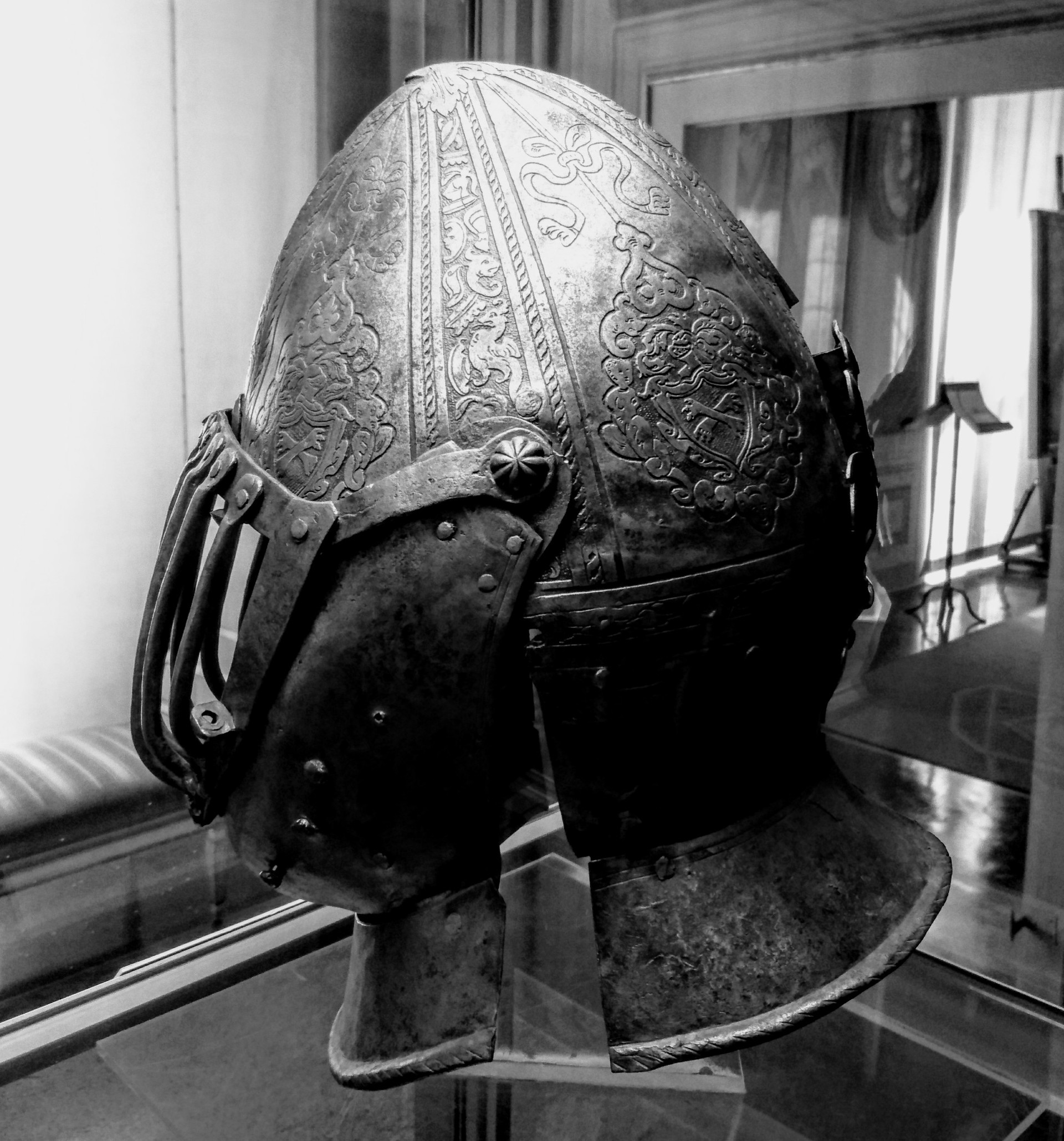
Head, Lombardia (1575-1580)
The seventh and eighth room is dedicated to the Medici family, their portraits capturing the beauty, the history, and the value they had in the historical Florence. These are a part of one of the many series of copies of originals by Justus Sustermans who was one of the first official portraitists of the family.
The two wooden figures from the first Medici room - who carry torches - are examples of furniture in patrician houses in the XVI century, attributable to artists and workshops in the area of Florence and Pisa. There are portraits of Cosimo I (1519-1574), Grand Duke of Tuscany from 1569, his son Ferdinando I (1549-1606) and of Christina of Lorraine - the lady I described above - (1565-1637) the Ferdinando I's wife. Also portraits of their daughter Claudia (1604-1648), who married Federico Ubaldo Della Rovere, Duke of Urbino, and of their son Cosimo II (1590-1621).

Cosimo I
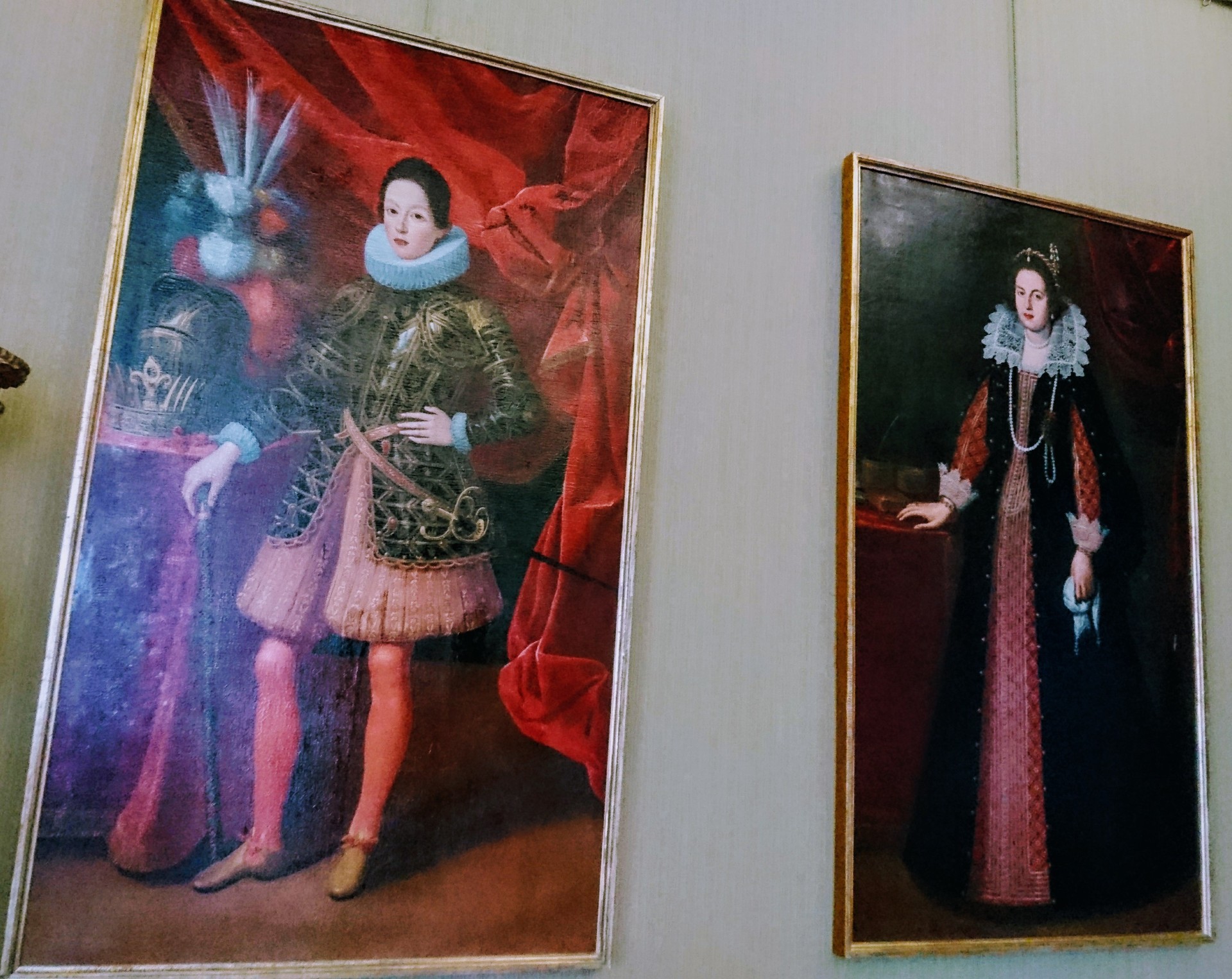
Ferdinando II and Margherita de’ Medici
The last Grand Duke of Tuscany of the house of the Medici was Giangastone (1671-1737). Neither he nor his brother Ferdinando de' Medici, Grand Prince of Tuscany, (1669-1713) had children by their respective wives. Next room gathers the Models of the Cathedral "Quadroni".
Beginning with the XVIII century, Pisa has decided to restore the cathedral's interior damaged by a fire in 1596. So, A cycle of big painting called Stories of Beatus and Pisans Saints has been realized in the first decades of the XIX century. One of the project's aim was to declare cultural autonomy for Florence. In fact, the jobs were entrusted to the greatest Italian painters selected between those not tied to the florentines clients who ruled the city - Medici and Lorraine. The will of clients was to propose and celebrate the prestige of their country through illustrations of religious stories.
In this room are shown the models of those paintings that were sent to clients to get through.
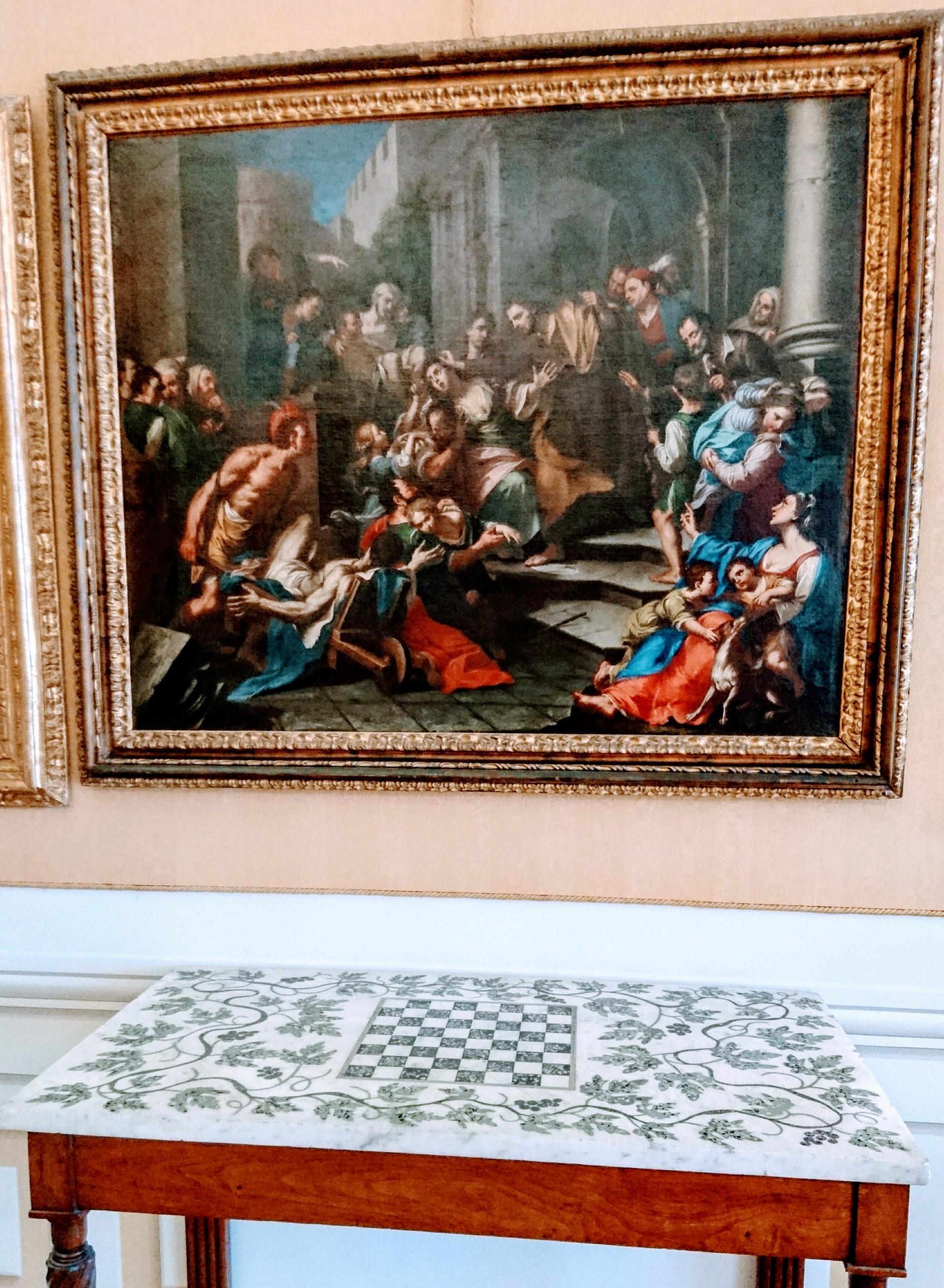
Surprised by all of these amazing objects and paintings, you'll step forward to the next room, a room that gathers sixteen graphic drawings - works that illustrate the most important events in the life of the Grand Duke Ferdinando I de' Medici. The prints were entrusted to a man, Jacques Callot in 1614 by his son, Cosimo II with the intention of honoring his father. The artist worked for about five years at the execution of those works.
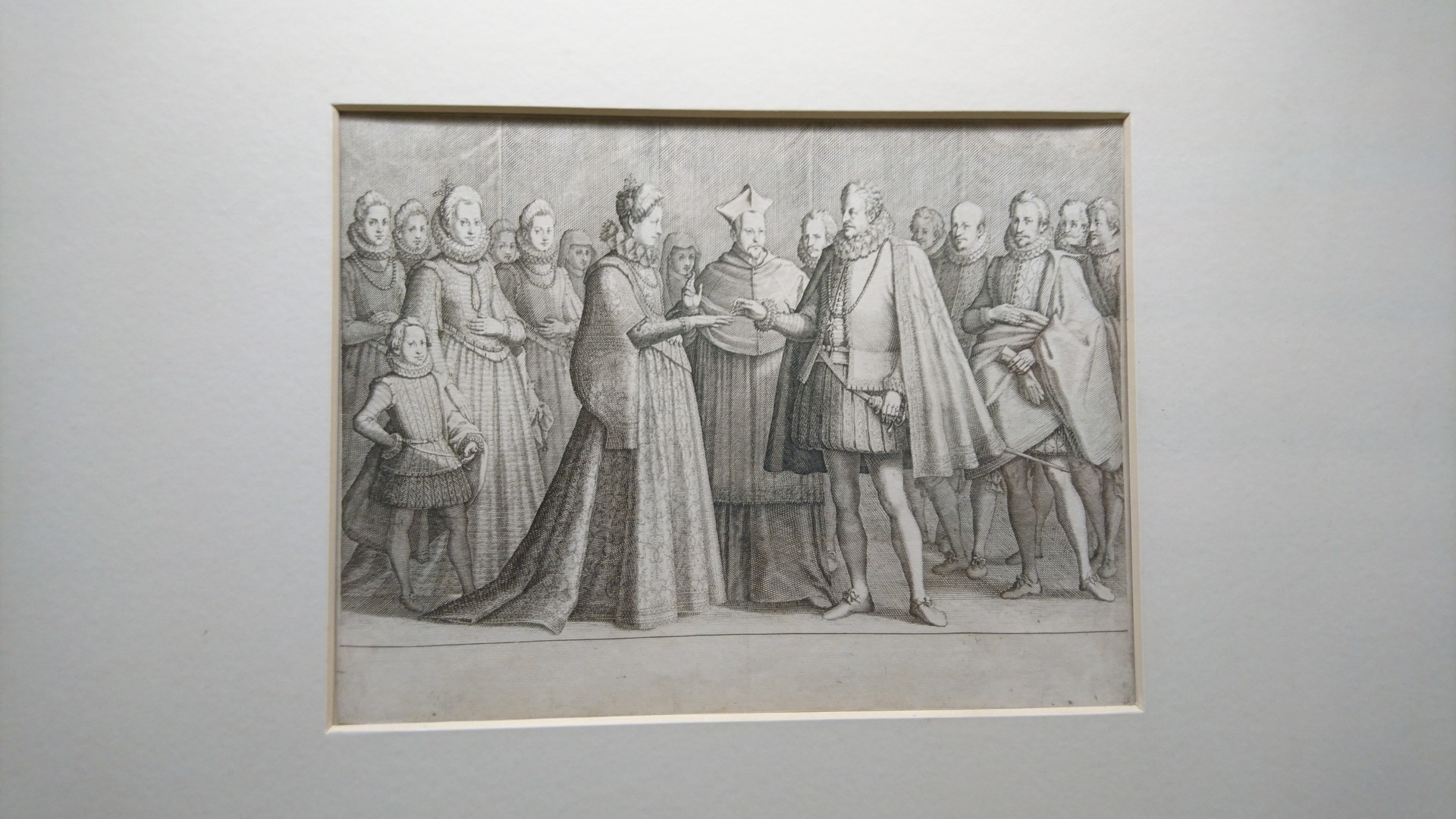
Ferdinando I, the Grand Duke of Tuscany marries lady Christina of Lorraine (1916)
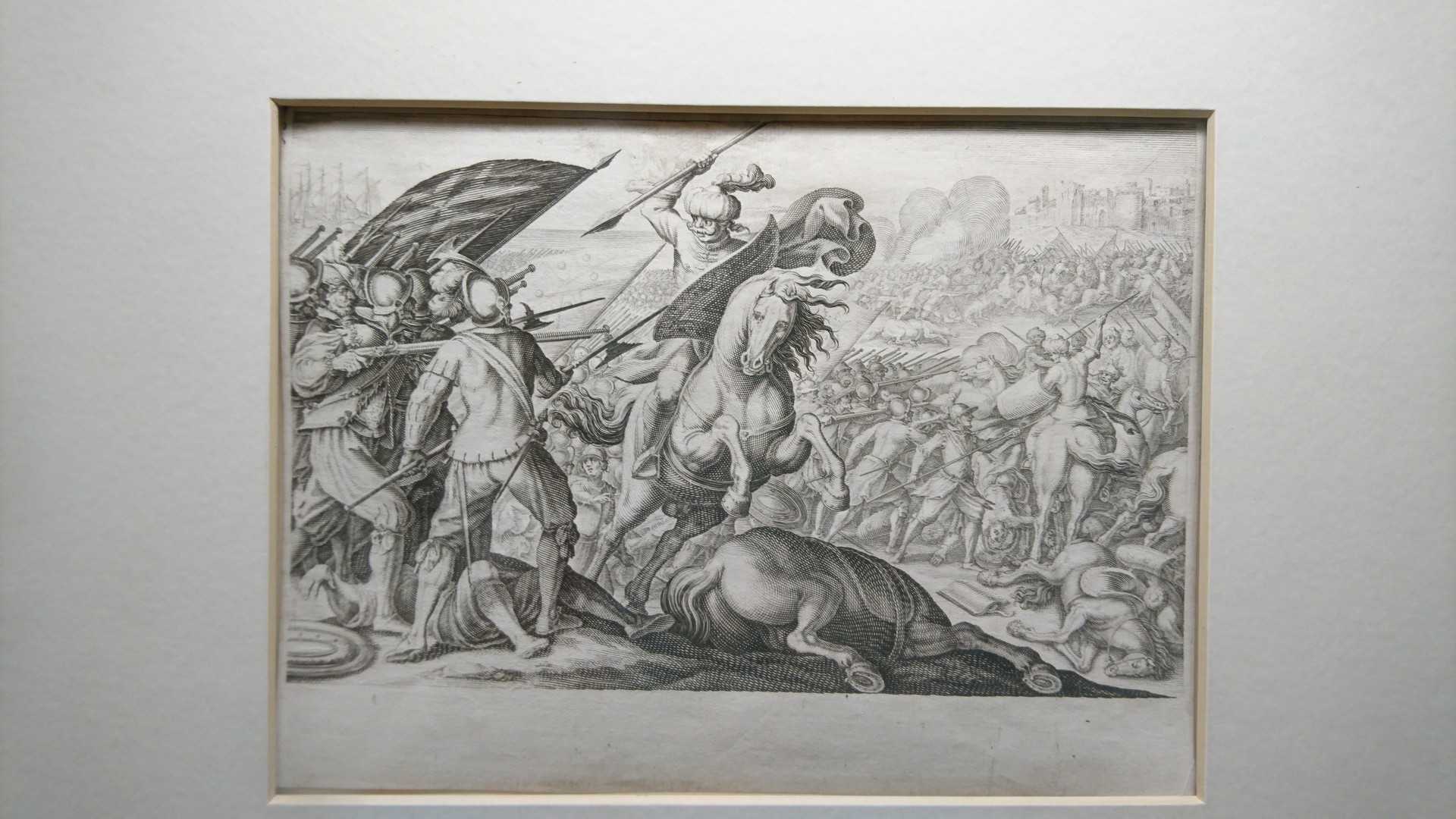
A battle where the Knights of St. Stephen destroy the Turkish cavalry (1916)
The eleventh room reunites the portraits that belong to the families that have lived here: first the grand dukes of the Medici followed by the Lorraine and lastly the Savoy family, sovereigns of the Kingdom of Italy, which gave the building its present name.
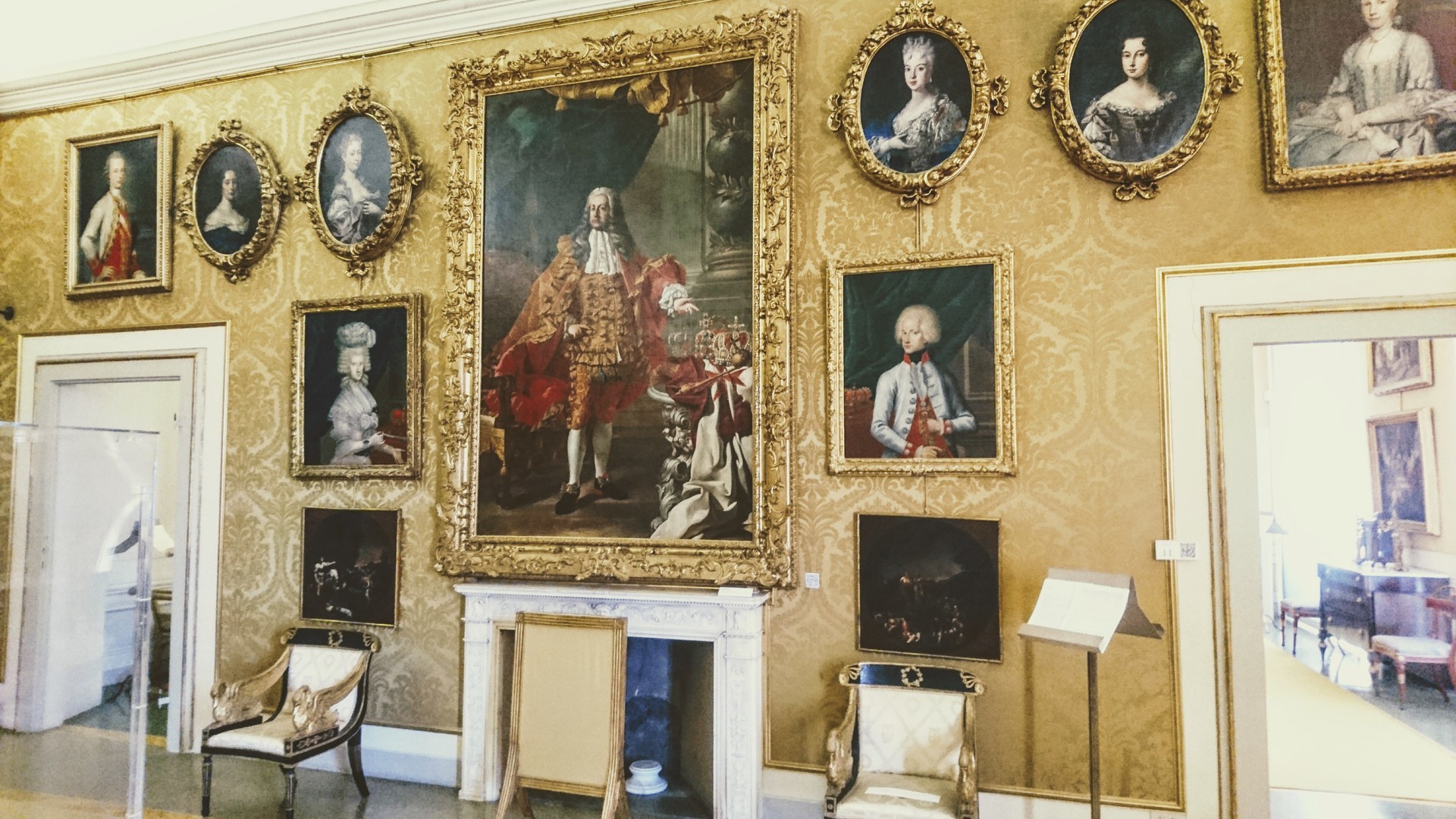
The court artists described details and sophistication of fabrics and jewels in a very skillful and attentive manner, promoting the products of the flourishing local manufacturers situated in the grand ducal territory. From the same time period is the Cardinal Ferdinando, made by the court artist, Alessandro Allori, picturing Ferdinando as a cardinal shortly before being nominated grand duke.
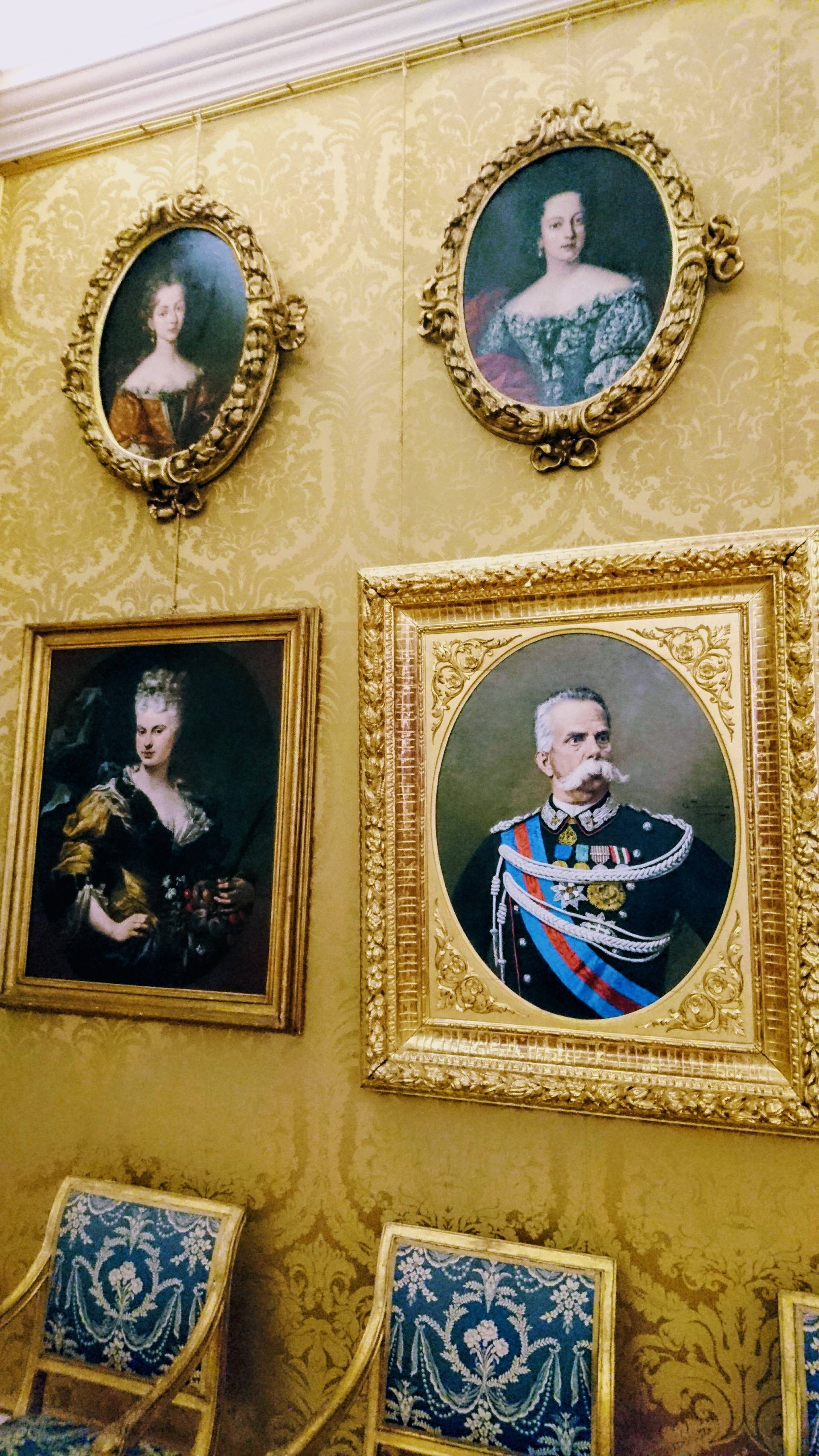
The oval feminine portraits belonged to Violante of Bavaria's private collection; her husband, Ferdinando de' Medici was also a passionate contemporary art collector. The Private Collection came from the foundation of the Accademia Pisana delle Belle Arti or "Academy of Fine Arts of Pisa", where the noblest and richest men from Pisa and the members of the Academy gave individual works or small collections to enrich the art gallery.
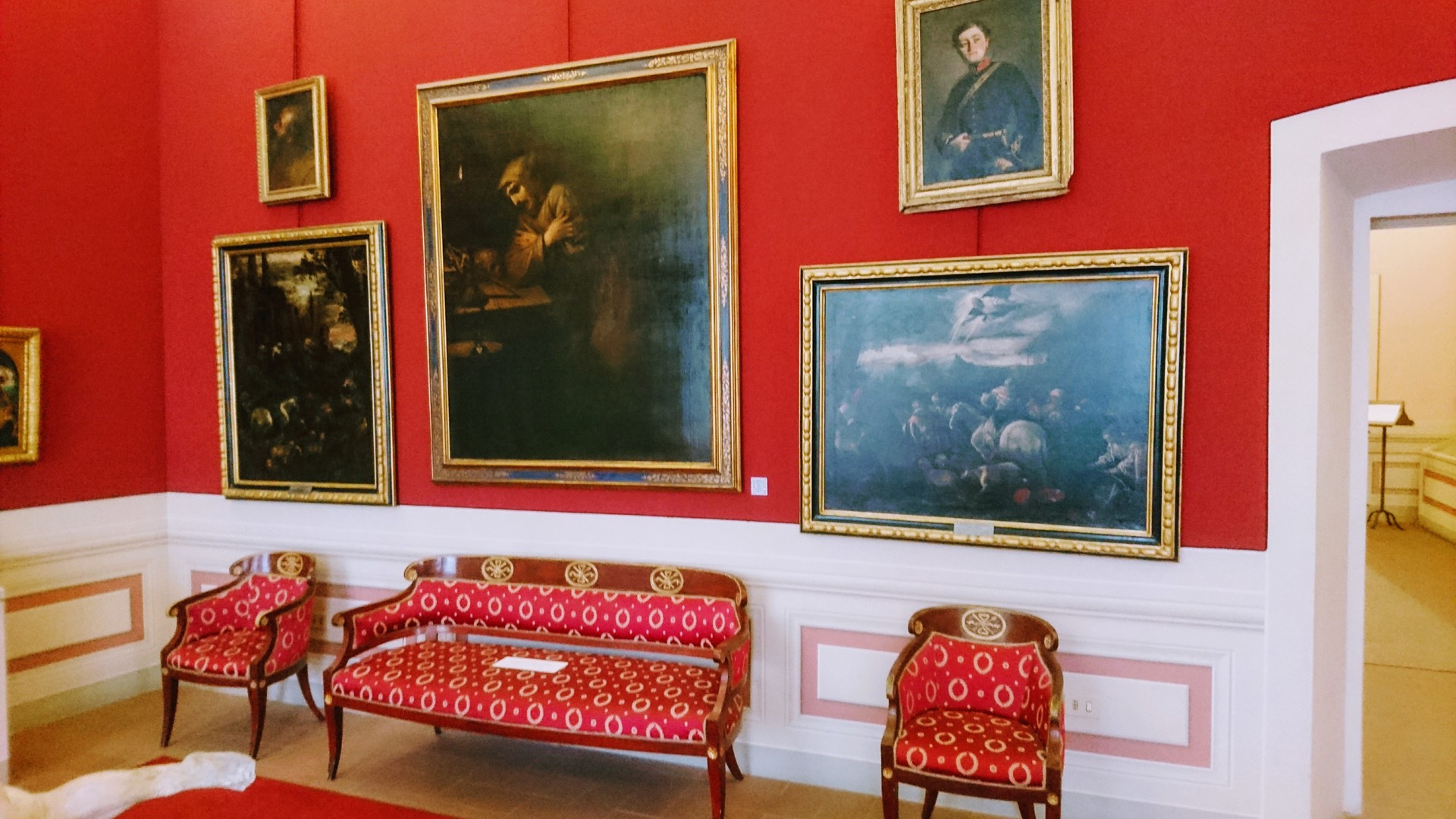
The painting The miracle of the hanged people from 1500 is very important. It has been painted by Raffaello when he was young and it was part of the predella of the polyptych in San Nicola da Tolentino for Città di Castello.
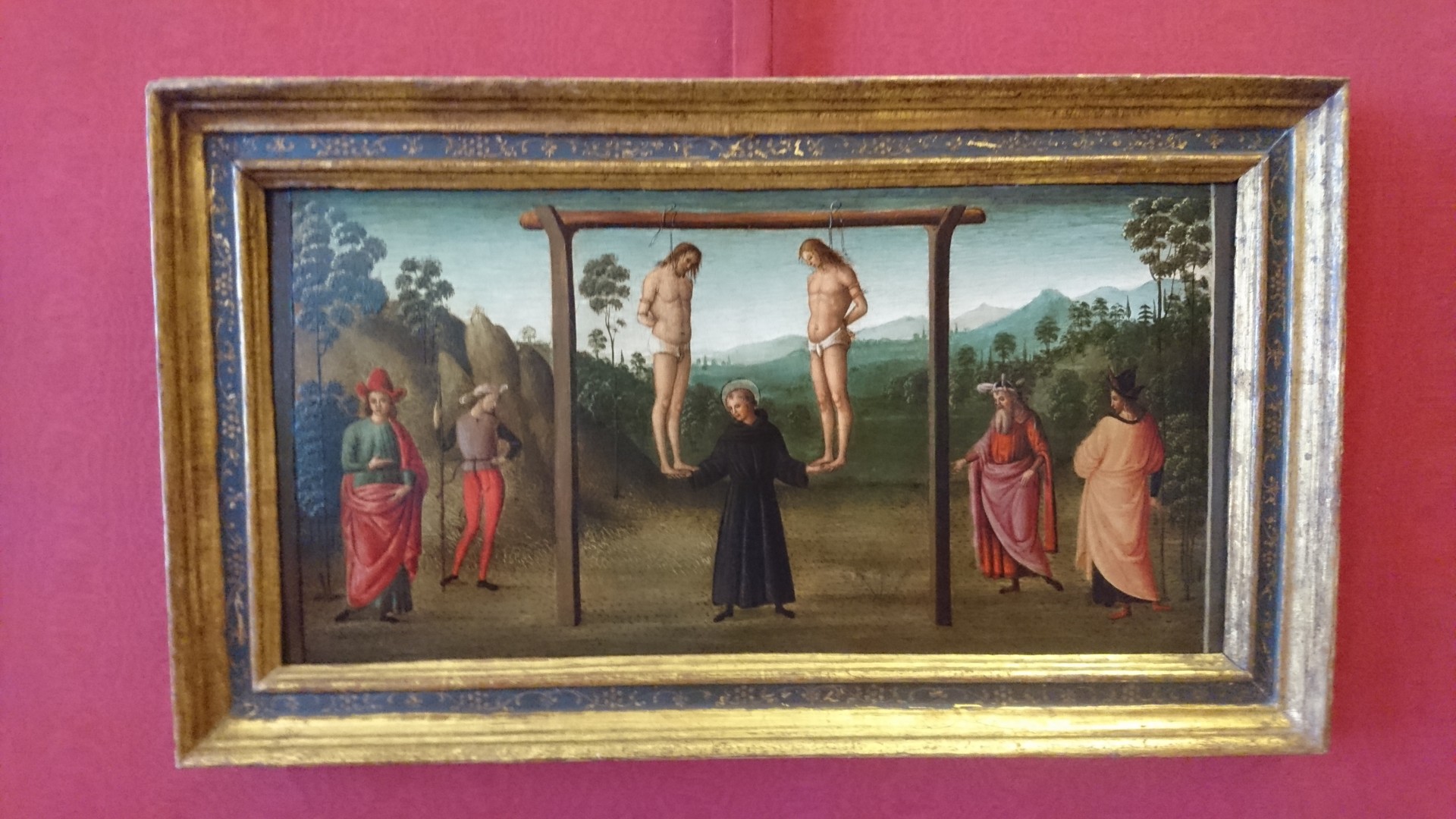
Thirteen brings luck this time because this room provides us a series of miniatures and portraits collected by Antonio Ceci, the surgeon and university teacher in Pisa - where he set up the school of Surgical Pathology and founded the Surgical Ward in 1906.
The collection was assigned to the Museums of Pisa and Ascoli Piceno (East coast of Italy), the two cities he loved the most. Over 220 miniatures on ivory were destined to Pisa while Ascoli Piceno got the XIX century paintings and the majority of furniture. Unfortunately, I couldn't go to Ascoli Piceno for materials, pictures, and information, but let's be positive and enjoy the miniatures. I advise you to go and proof me it was a bad decision to not visit the other city.
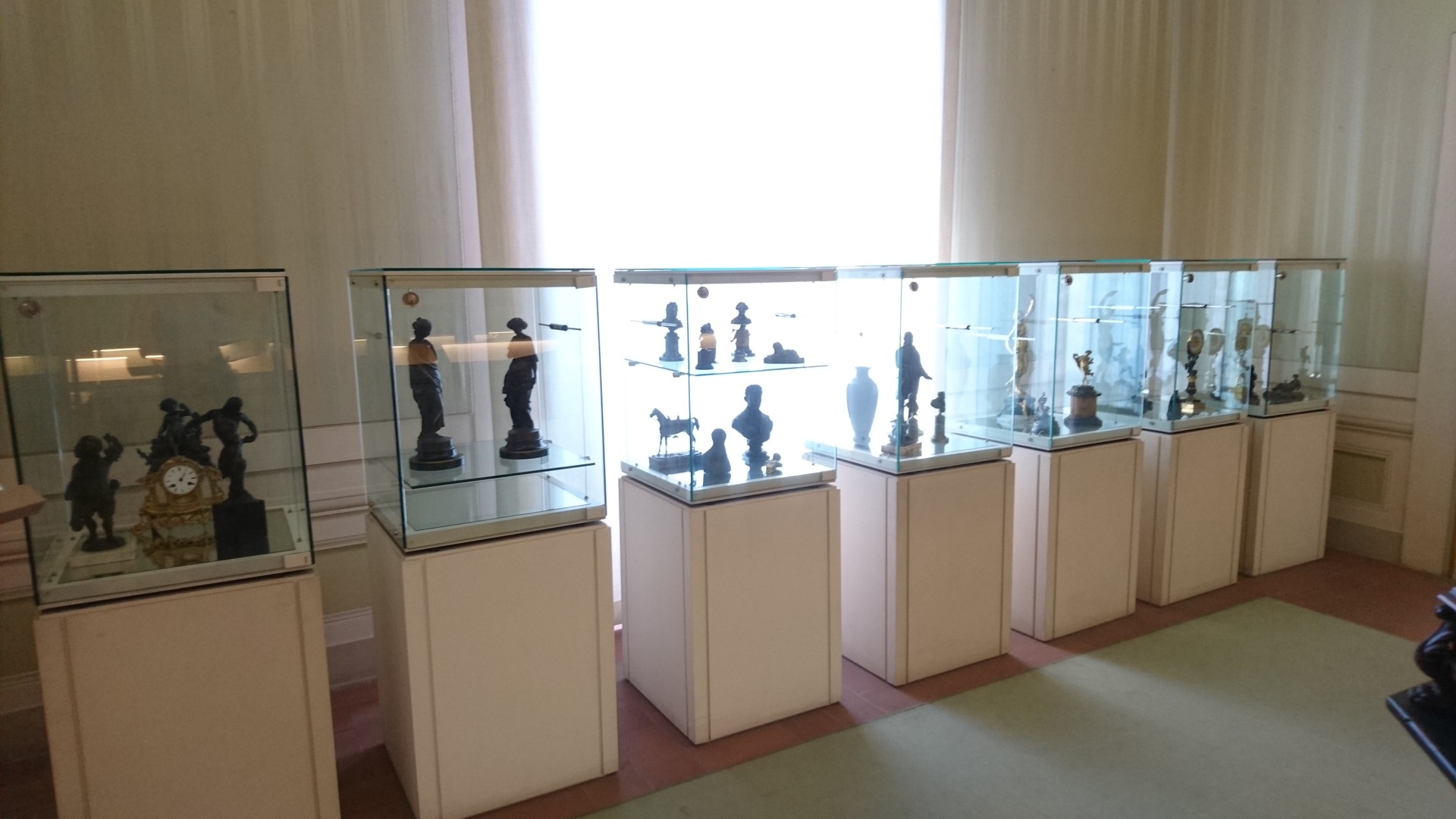
In this room are exposed authentical bronze miniatures and XIX century copies of the sculptures of the XVI and XVII centuries. Antonio Ceci didn't collect only statues and portraits, paintings, but also potteries and porcelains. This collection is composed of manufacturers from Asia and Europe as Hispano-Moresque lusterware potteries and the rich Majolicas of Montelupo of the XVII and XVIII centuries.
You can find here the marble bust of Antonio Ceci - to whom we have to thank him for such a great collection he provided us. There are two Japanese twin pots with polychrome glazes datable between the XVIII and XIX centuries called Kakiemon which literally means "milk-white", alluding to the whiteness of that porcelain.
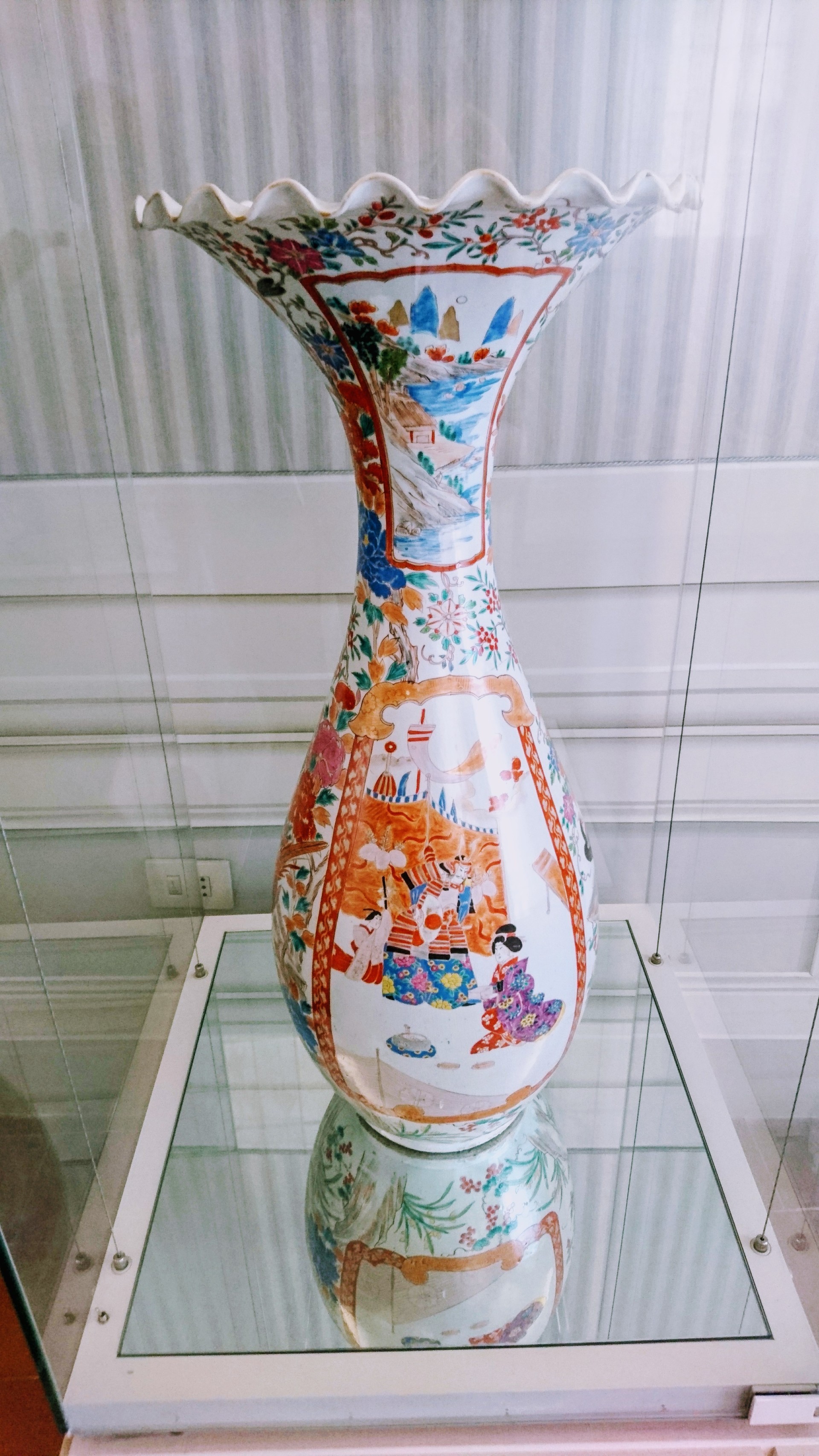
In case you lost the counting, there are four rooms dedicated to Antonio's vast collection, Ivory, bronze, canvases, potteries and porcelains. The last five rooms host many contemporary sculptures, more exactly 202 sculptures and 82 works including oil paintings and drawings. The sculpture group is largely prevalent in plaster works - sketches and models - but also in terracotta, ceramic and bronze and presents in its entirely what remained to the death of the sculptor in his atelier.
Orlando Italo Griselli's testament is visible now in these five rooms - also many more information about his life as artist during important movements in art, influences and foreign inspiration. This is another Pieta but this time is from 1955 and looks pretty good. You'll definitely think of Michelangelo like "Thank you for inspiring all these generations".
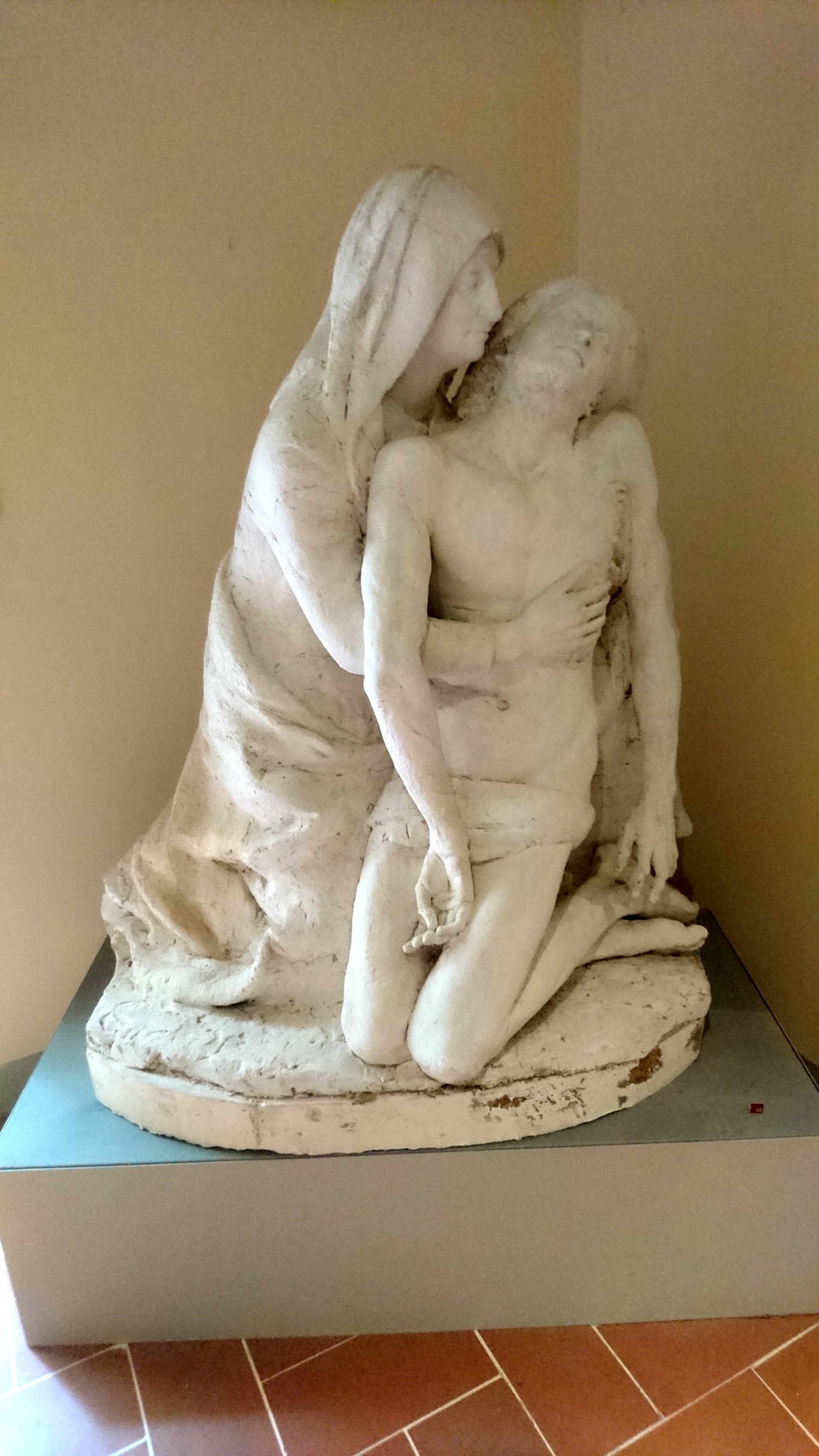
Thank you guys for reading and see you next time in Lucca!
Photo gallery
Content available in other languages
Want to have your own Erasmus blog?
If you are experiencing living abroad, you're an avid traveller or want to promote the city where you live... create your own blog and share your adventures!
I want to create my Erasmus blog! →








































Comments (1 comments)
Nice work,go on!